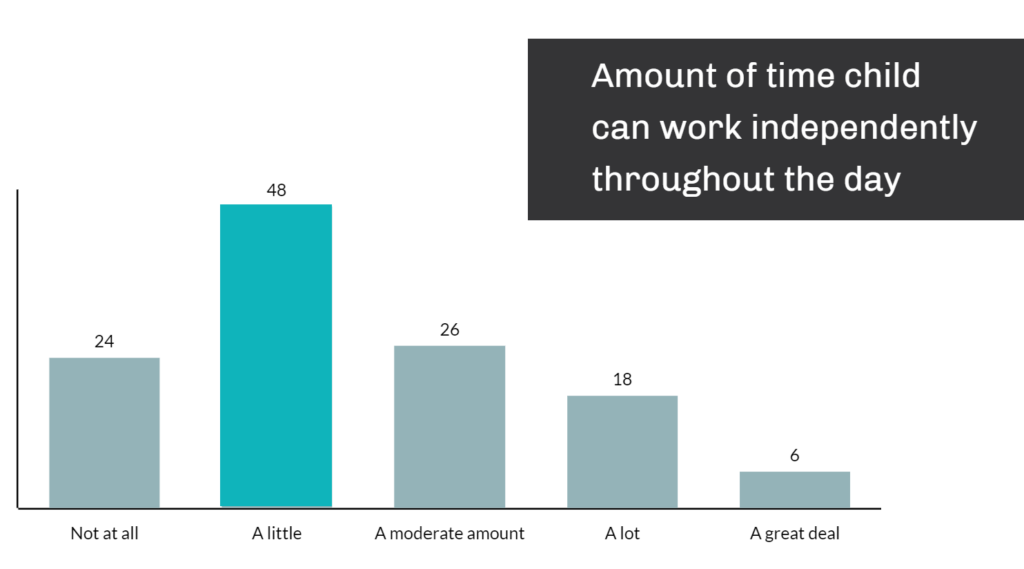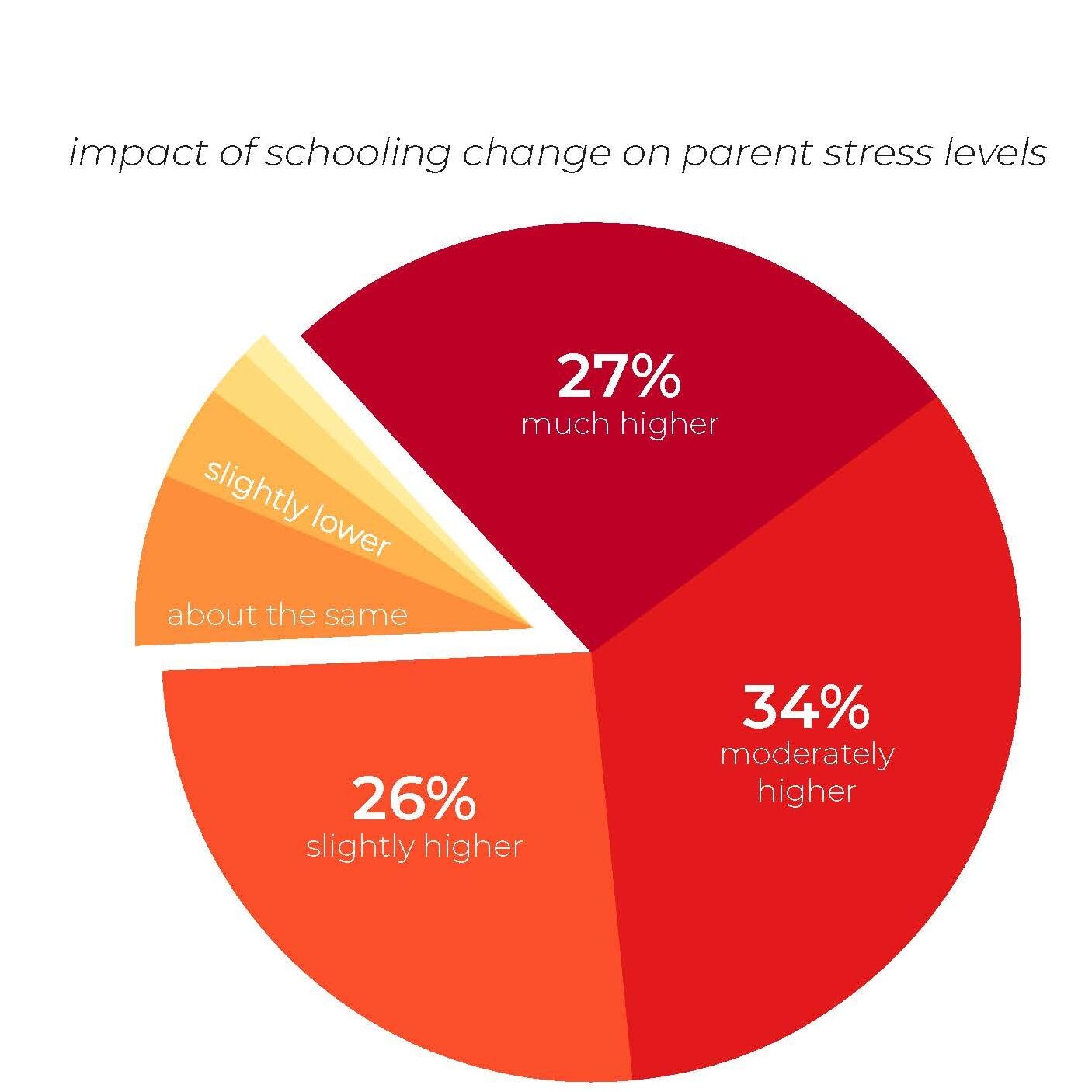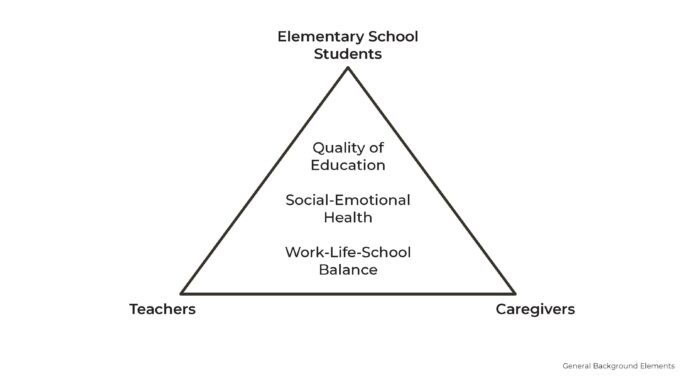In early March 2020, everything was normal…until it wasn’t. The spread of COVID-19 in the US caused rapid change and turmoil for many in the United States, and families of young children in school were no exception. Curriculums were flipped on their heads, parents had to figure out how they would supervise their children when they had to continue their job to keep a roof over the family’s head.
Today’s situation is still far from normal, but it is a little less chaotic. Teachers have had the summer to adjust their curriculums, children know what to expect, and parents hopefully had a chance to catch their breath over the summer. Online schooling is working great for some children and their families, but for others it couldn’t be farther from realistic. Many children don’t work as well at home as they do in the classroom, many households can’t spare the time or money to have someone at home full time with their child during the day, and teachers are working overtime to try to support these families to make sure every one of their students can get a quality education.
Before I discuss my findings, I would like to point out that the majority of my data this far majorly considers the parents and students, and not as much the teachers. And, the information I have gathered is likely skewed towards more privileged perspectives. However, I am hoping to be able to use the expertise and experiences of the teachers to be able to tap into the voices of people I did not get a chance to hear in my survey or interviews thus far.
QUALITY OF LEARNING
The first obvious impact families are feeling is a change in quality of learning. I have found that a lot of it seems to vary by teacher and the way the child learns.

Some children are thriving in an environment where they can work at their own pace and be more independent in their learning. One parent said that her daughter has “less busywork and more time to work on things she likes.” This ability to work independently is more common for older elementary schoolers than for younger, however. In a survey I conducted with parents of elementary schoolers, 11% of parents of children in grades K-2 said their children worked independently ‘a lot,’ or ‘a great deal of’ the day, while 32.8% of parents of children in 3rd-5th grade said the same thing.
Other students, however, seem to require a lot more structure to thrive. They struggle to stay focused and engaged while learning from home and get easily frustrated. A parent explained that, for their child, “sitting in front of a computer for the bulk of schooling is a struggle for him…we take constant breaks to meet his needs.” Especially for younger children, staying focused listening to someone on a computer screen for extended periods of time is just not realistic. Many parents also expressed concern about the amount of screen time their child is receiving.
It was found difficult by a lot of parents to put themselves in the role of the teacher, especially in their child’s eyes. One parent spoke to the masses by saying “she likes to please her teacher, but not her parents, with regard to academic achievement.” Parents are putting a lot of stress on themselves to help their children learn, but they can lack the experience and the respect of their children when it comes to an academic learning scenario.
Many parents have worries about their child falling behind in their education. Children aren’t learning as much as they typically would in school, and are missing out on learning essential skills for their age. Parents are anxious about how this might hinder their child’s overall development, but at the same time, are struggling to teach it effectively without as much help from the teacher.
Other common issues included limited interaction with the teacher, difficulty navigating technology, and general lack of engagement and boredom with schooling.
SOCIAL AND EMOTIONAL HEALTH
During the time of the pandemic, things are understandably more stressful than the usual. While some children are struggling with their learning, they overall seem very adaptable and resilient despite the circumstances. In a survey response, one parent wrote: “My children are so resilient, much more than the world gives them credit for.”
Although kids are resilient, they still miss their friends. Some kids seem to feel the impact more than others. One caregiver expressed that her child “needs social interaction to learn,” and several other parents have noticed an increase in anxiety. However, this situation can also be a relief to children with social anxiety (Home Alone: The Mental Health Impact of COVID-19 Isolation on Infants, Children, and Adolescents).
Parents, on the other hand, are juggling the health of their family with the education of their child with their ability to put food on the table. They are understandably more stressed and are burning a short fuse. One burnt-out parent expressed, “I’m not being as understanding as I should be, because I am stressed about my own work not getting done while I’m assisting with his schoolwork.”

This stress also stems from the frustration “from the situation that we are in and the lack of control we have over our child’s education.” Parents are at the mercy of the ever-changing decisions of the school district and feel like they aren’t able to do what is in the best interest for their family.
Despite the stress of these uncertain times, a fair amount of caregivers expressed that their family was growing closer as a result of the pandemic and their increased involvement in their child’s education.
WORK-SCHOOL-LIFE BALANCE
As mentioned above, the shift to learning from home means a change in pace for the entire family. Many parents are spending a lot more time with their kids and having to learn how to be teachers on top of being parents. Caregivers are becoming much more involved in schooling than they were before, and it’s exhausting: “I knew virtual school would be difficult, but it’s so much harder than I thought. . . you have to sit with them the entire time if you want them to follow along. . . usually 2.5-3 hours a day on Zoom calls . . . It takes a lot of energy”.
Parents are struggling to balance being a teacher for their children while still keeping up with their other responsibilities. “I feel like I don’t get a break between being a mom and a teacher I’m always on. There is no down time. Something always needs attention. I’m always dropping the ball somewhere.”




